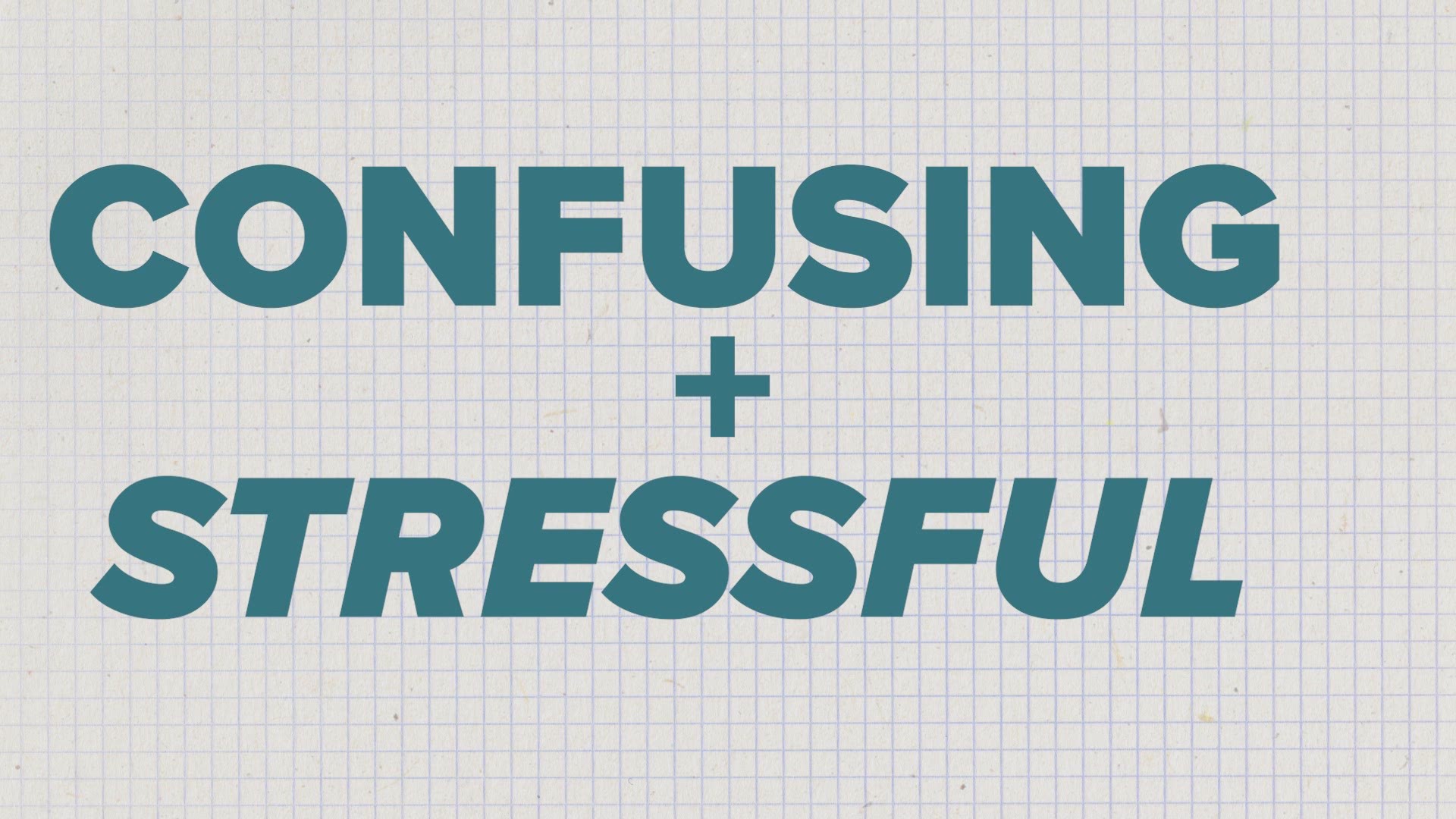WASHINGTON — Many Americans that have been out of work during the coronavirus pandemic have been counting on the extra $600 a week from unemployment to make ends meet. However, they might be surprised to learn that the extra money might end sooner than expected.
The additional $600 from the federal government officially ends on July 31, but states can only pay through the week ending on July 25 or July 26.
The $600 payment, which is in addition to each states' normal unemployment benefits, was included in the CARES Act stimulus package.
"The CARES Act specifies that Federal Pandemic Unemployment Compensation benefit payments will end after payments for the last week of unemployment before July 31, 2020," the U.S. Department of Labor said in a statement in April.
What's caused a bit of confusion is that July 31 is a Friday, but every state considers the "unemployment week" to end on either Saturday or Sunday.
So, for states that have unemployment benefits end on a Saturday, the last week someone out of work could receive the extra $600 payment is the week ending before July 31. The same goes for states that have their benefits week end on a Sunday.
The state of New York, which has the week of unemployment end on a Sunday, recently updated its website to clear up any confusion. It now states that the additional $600 per week is only available "through the week ending July 26, 2020."
The U.S. Department of Labor confirmed in a statement to USA TODAY that the end date for the additional unemployment money for all states except New York is Saturday, July 25th.
After July 31, the unemployment benefits will return to its pre-pandemic levels.
The Trump administration has pushed back against a proposal from Democrats to extend the $600 per week benefit, Labor Secretary Eugene Scalia said back in June.
Democrats' plan would have extended the enhanced benefit through January. The Democratic-led House approved the proposal in May, but it didn't advance in the Republican-controlled Senate.
More than 1.3 million Americans applied for unemployment benefits last week, a historically high pace that shows that many employers are still laying people off in the face of a resurgent coronavirus.
Before the pandemic, the record high for weekly unemployment applications was fewer than 700,000.
The elevated level of layoffs are occurring as a spike in virus cases has forced six states to reverse their move to reopen businesses. Those six — Arizona, California, Colorado, Florida, Michigan and Texas — make up one-third of the U.S. economy.
Other CARES Act deadlines:
Taxes Due July 15
As the coronavirus pandemic took hold this spring, the federal government postponed the traditional April 15 filing deadline until July 15.
The move provided some economic and logistic relief for taxpayers dealing with the disruptions and uncertainty brought on by lockdowns, school closures and shuttered businesses. But now that new deadline is rapidly approaching.
Taxpayers must file or seek an extension by the new deadline or face a penalty. The IRS is expecting about 150 million returns from individuals and as of the last count, it had received almost 139 million.
Small business protection
President Donald Trump on Saturday signed into law a temporary extension of a subsidy program for small businesses battered by the coronavirus.
The legislation extends the June 30 deadline for applying for the program to Aug. 8. Lawmakers created the program in March and have modified it twice since, adding money on one occasion and more recently permitting more flexible use of the funding despite some grumbling among GOP conservatives.
About $130 billion of $660 billion approved for the program remains eligible for businesses to seek direct federal subsidies for payroll and other costs such as rent, though demand for the Paycheck Protection Program has pretty much dried up in recent weeks.
Eviction Prevention
The CARES Act provides a temporary moratorium on evictions for most residents of federally subsidized apartments, including those supported by HUD, USDA or Treasury for 120 days after enactment. That means the service would end July 25, 2020.
The Associated Press contributed to this report.

